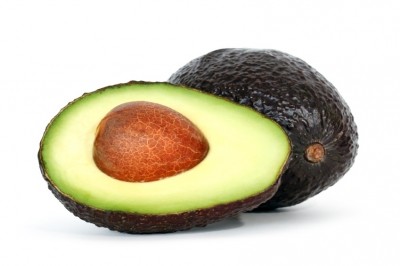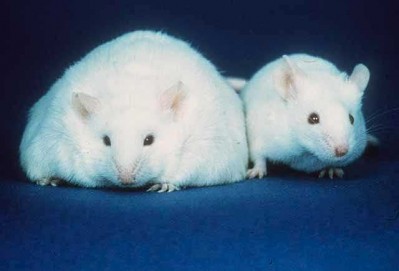Vitamin A may play a major role in combating ‘ticking time bomb’ of TB

The new study investigated the role of nutrients in helping the immune system fight against major infections, with results showing that vitamin A could play an important role combating TB.
Writing in the Journal of Immunology, the US-based research team describe for the first time the mechanism by which vitamin A and a specific gene assist the immune system by reducing the level of cholesterol in cells infected with TB. This is important, they said, because cholesterol can be used by TB bacteria for nutrition and other needs.
"If we can reduce the amount of cholesterol in a cell infected with tuberculosis, we may be able to aid the immune system in better responding to the infection," explained senior author Philip Liu of UCLA. "Understanding how nutrients like vitamin A are utilized by our immune system to fight infections may provide new treatment approaches."
A ticking time bomb?
Tuberculosis remains a major global problem, affecting 2 billion people worldwide and causing an estimated 2 million deaths annually, noted Liu and his team.
They added that Western countries are once again tackling the disease, with recent outbreaks in Los Angeles and London.
Indeed, the rise of drug-resistant TB - called a ‘ticking time bomb’ by the World Health Organization - and the high cost of fighting the disease highlight the need for new approaches to prevention and treatment, said the team.
Research details
The team noted that although vitamin A circulates in the body in an inactive form known as retinol, it's the active form of the nutrient — all-trans reinoic acid — that is responsible for activating the immune system.
To investigate the role of this active form of vitamin A in immune defence, the UCLA team first compared its effects on cells to the effects of vitamin D, which the group had previously studied. They had believed that the two vitamins might use the same mechanism to aid the immune system, but this wasn't the case, said the team. Rather, they found that when the vitamins were added to human blood cells infected with tuberculosis, only vitamin A decreased the cells' cholesterol levels.
Liu and his team also discovered that the action of vitamin A is dependent on the expression of a gene called NPC2, with further experiments in the lab showing that even if an infected blood cell was stimulated with vitamin A, it would not be able to fight the tuberculosis bacteria if the cell couldn't express the NPC2 gene.
"We were very surprised that this particular gene was involved, since it has traditionally been associated with cholesterol transport and not immune defence," explained co-first author Elliot Kim.
However, when the team took a closer look at the actions taking place in the cells, the connection made more sense, they said.
Cholesterol and infection
The team noted that cholesterol is stored in lysosomes, which are cell that also play an integral role in fighting infections. Therefore, if the lysomome is full of cholesterol, it supplies the bacteria with needed nutrition instead of killing it, they said.
However, in the presence of vitamin A, the cell expresses NPC2 which helps the cell remove cholesterol from the lysosomes so the bacteria can't access it. This allows the lysomomes to once again become effective in killing the bacteria, they confirmed.
The UCLA team noted that their data is from an early-stage study, adding that more research needs to be done before recommending vitamin A supplementation to combat tuberculosis or other infections.
Source: Journal of Immunology
Published online ahead of print, doi: 10.4049/jimmunol.1301686
“All-Trans Retinoic Acid–Triggered Antimicrobial Activity against Mycobacterium tuberculosis Is Dependent on NPC2”
Authors: Matthew Wheelwright, Elliot W. Kim, et al








